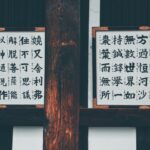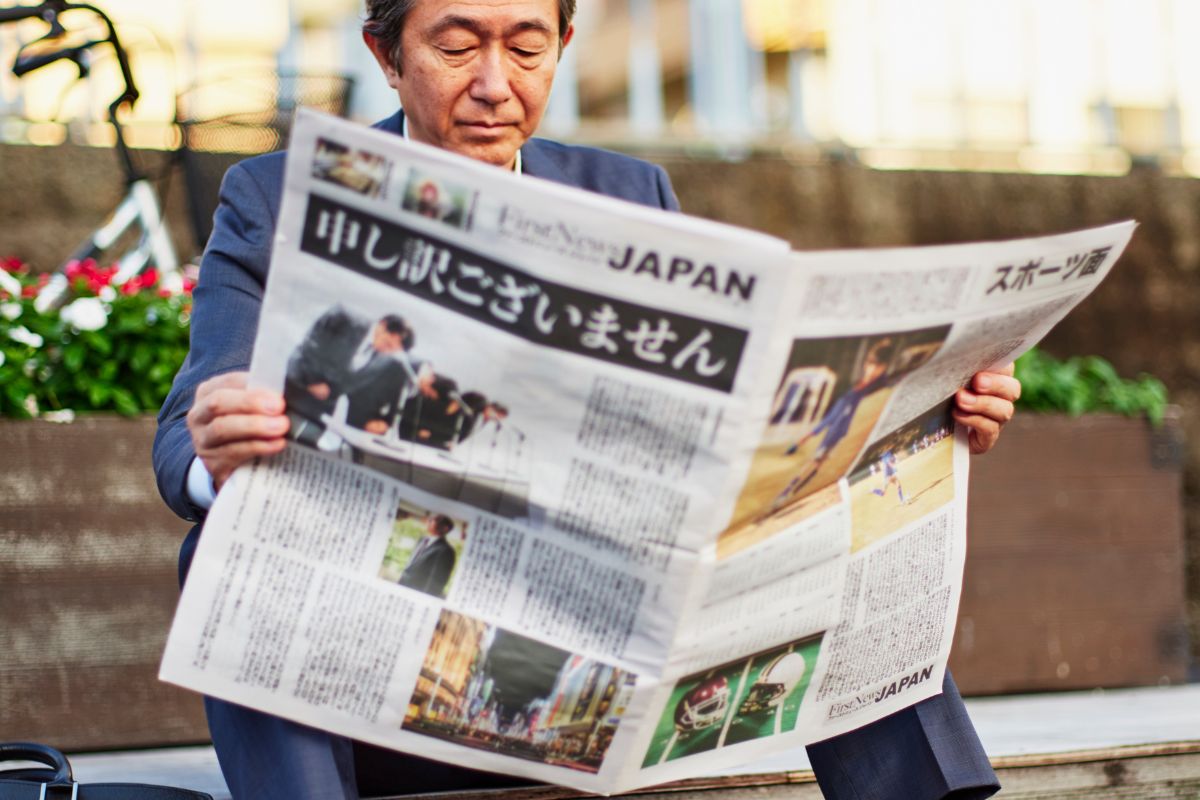A beautiful blend of tradition, aesthetics, and expression, the art of Japanese calligraphy, also known as Shodō (書道), represents an essential facet of Japan’s rich cultural tapestry.
This practice of writing characters with a brush and ink on paper or silk has for centuries served not only as a medium of communication but also as a pathway towards self-realization and spiritual cultivation.
Delving into the world of Shodō unveils a profound cultural ritual that melds art, literature, and philosophy.

What is Japanese Calligraphy?
Shodō, literally translating to “the way of writing,” is an intricate form of calligraphy deeply rooted in Japan’s history and culture.
The tradition originated in China around the 28th century BC and found its way to Japan by the 6th century AD, becoming firmly entrenched within Japanese culture.
Shodō combines three distinct scripts:
- Kanji, derived from Chinese characters representing ideas
- Hiragana, a phonetic script used for native Japanese words
- Katakana, another phonetic script used for foreign words and names.
In Shodō, each stroke, its direction, sequence, and shape hold a unique importance, rendering the art akin to a meditative practice.
It’s an exploration of harmony and balance, an expression of the writer’s mind, soul, and emotions.
Moreover, it is steeped in spiritual resonance, with its origins linked to Zen Buddhism, where the act of writing was seen as a path to attaining enlightenment.
Some Famous Examples
Among the countless masterpieces of Shodō, several stand out as iconic representations of this art form.
The works of Kukai, a monk and scholar from the 9th century who founded the Shingon school of Buddhism, are amongst the most revered. His piece “Sangō Shiiki” (Three Teachings) is celebrated for its spiritual depth and stylistic elegance.
Another remarkable calligrapher, Emperor Saga, contributed significantly to advancing Shodō during the Heian period (794-1185). His writing, characterized by its grace and balance, reflected the aesthetic values of the era.

Where Can You Witness Japanese Calligraphy?
Japan offers many avenues to witness and appreciate the exquisite artistry of Shodō. Museums, such as the Contemporary Museum of Calligraphy in Tokyo and the Kyoto National Museum, house vast collections of historical and modern calligraphy.
Further, numerous Shodō exhibitions occur throughout the year across Japan, featuring works from both seasoned masters and promising newcomers.
Additionally, Shodō performance, known as Kakizome, is a spectacle to behold. Held during the New Year, it involves large-scale calligraphy demonstrations where artists wield oversized brushes, making bold strokes on giant sheets of paper – a stunning testament to the dynamism of this art form.
How to Learn It
Learning Shodō is a journey into the depths of Japanese culture, requiring dedication and patience. There are many schools in Japan that offer Shodō classes, such as the Nippon Shuji, focusing on teaching this beautiful art form.
Online courses and local community centers worldwide also offer Shodō lessons for those unable to travel to Japan.
Remember, practicing Shodō is as much about mastering brush techniques as it is about understanding and embodying the philosophical and spiritual elements it encapsulates.
To begin with, students are taught the basic strokes and the correct way to hold a brush. From there, they move on to learning the composition of Kanji, Hiragana, and Katakana characters.
Advanced stages involve creating aesthetic balance in composition and learning to imbue one’s work with emotion and personal style.
A Calligraphy or more?
Shodō is more than just a form of calligraphy; it is a spiritual discipline, a manifestation of aesthetics, and a mode of personal expression. As each brushstroke glides across the paper, the art of Japanese calligraphy becomes a dialogue between the calligrapher and the viewer, a dance of ink and imagination, and a testament to the cultural richness of Japan.
In a world increasingly dominated by digital communication, the tactile, physical, and spiritual experience of Shodō reminds us of the profound beauty of handwritten expression. Learning and appreciating Shodō not only connects us with an ancient tradition but also offers a serene retreat from the bustling modern world, allowing us to explore the depths of our creativity and self.
- Writing & Understanding Haiku Poetry - May 25, 2023
- Shinkansen Bento: A Guide to the Delicious Train Station Box Lunches - May 25, 2023
- What is Takoyaki? - May 25, 2023








